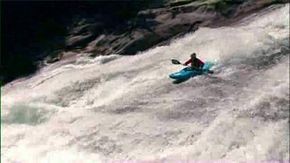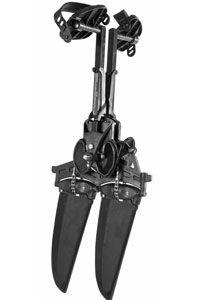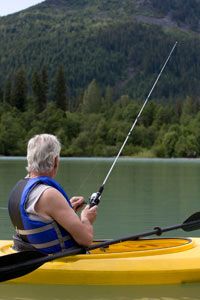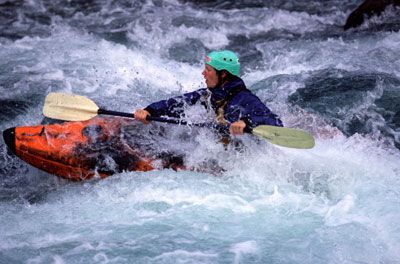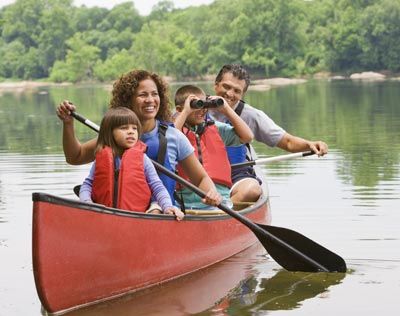When most of us think about kayaking, we picture a small, simple craft, powered by oars and easily flipped over. It's the classic outdoorsy image of cutting across a lake or calm river without the smell of gasoline or anything getting between you and nature, or paddling down rapids with just your wits and sense of balance to protect you. Of course, things have moved along in the hundreds of years since kayaks came into use -- materials and production techniques -- but for a lot of us, it's that purist image of kayaking that remains.
One of the biggest innovations of the past several years, and one that's gaining popularity, is the pedal-powered kayak. The old image of the self-contained, legs-inside kayak has passed on in favor of variety -- including the sit-on-top kayak (SOT), where your feet and legs are outside the boat -- and this newest idea, the foot-powered kayak, has taken its place in the canon.
Advertisement
But what is a foot-powered kayak all about? What are the advantages, the drawbacks, the differences between paddle and pedal?
